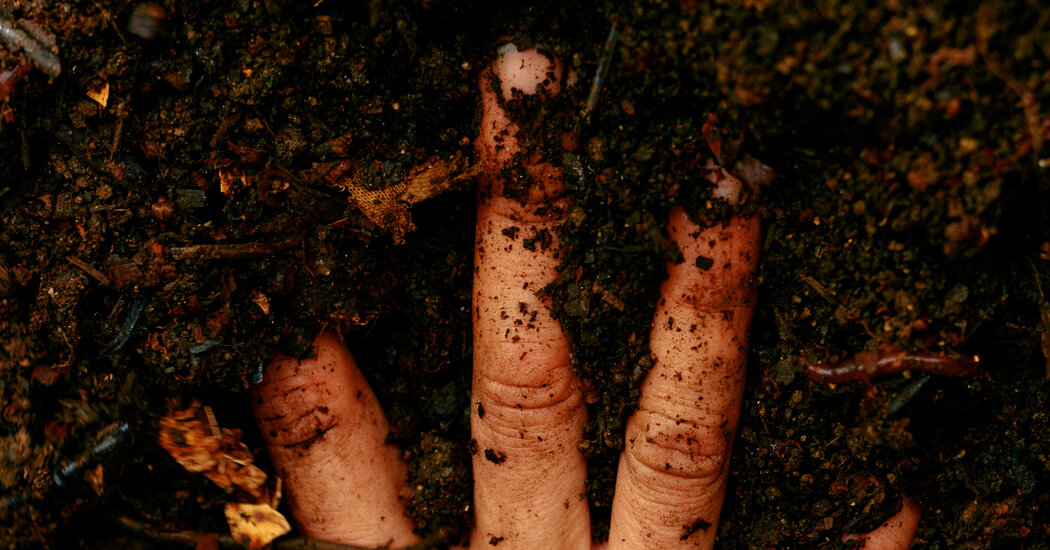Scientists have long known that a little dirt can be good for you. Research has suggested that people who grow up on farms, for instance, have lower rates of Crohn’s disease, asthma and allergies, likely because of their exposure to a diverse array of microbes.
In the 1970s, scientists even found a soil-dwelling bacterium, called Mycobacterium vaccae, that has an anti-inflammatory effect on our brains, possibly both lowering stress and improving our immune response to it.
More recently, there’s been an explosion of interest in the human microbiome — with people taking probiotics, seeking food with live cultures and “rewilding” their microflora. At the same time, scientists have been discovering how broad a role dirt microbes can play in our mental and physical health.
When we’re touching soil or even just out in nature, “we’re breathing in a tremendous amount of microbial diversity,” said Christopher A. Lowry, a professor of integrative physiology at the University of Colorado Boulder.
A recent Finnish experiment found that children attending urban day cares where a native “forest floor” had been planted had both a stronger immune system and a healthier microbiome than those attending day cares with gravel yards — and continued to have beneficial gut and skin bacteria two years later.
It’s not just good for kids; adults can also benefit from exposure to soil-dwelling microbes, Dr. Lowry said. So this spring, make a little time to go outside and get grimy.
